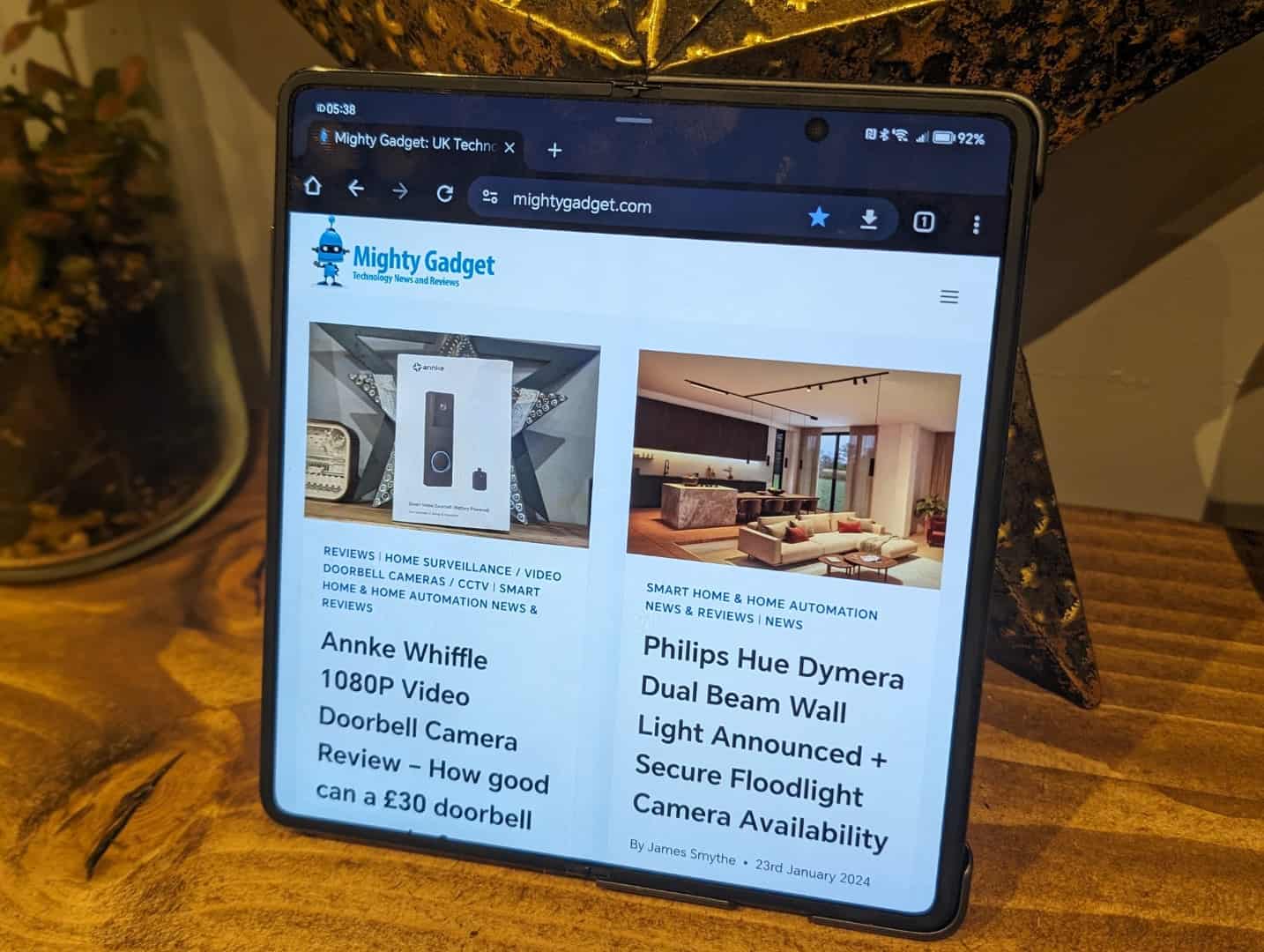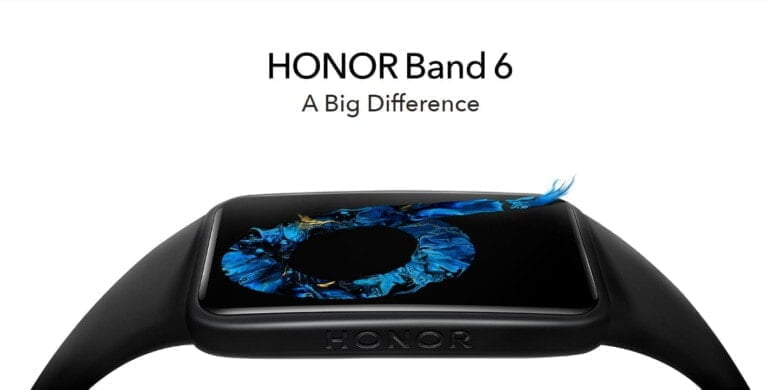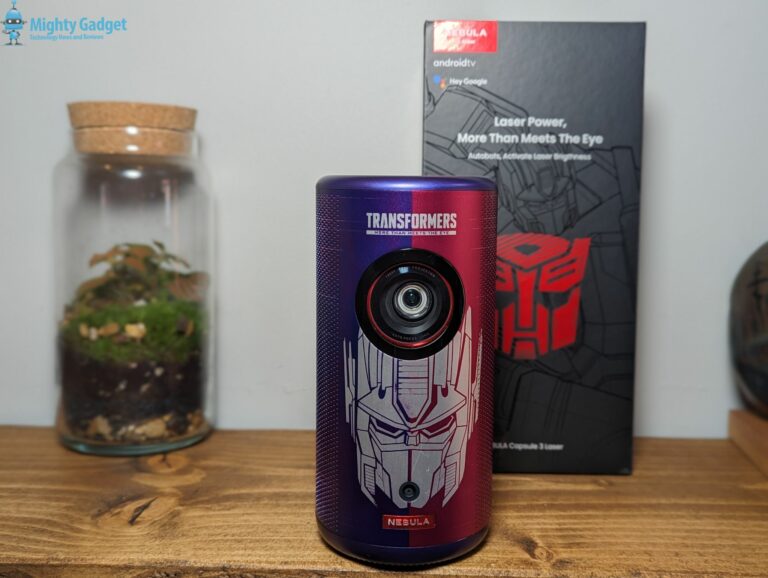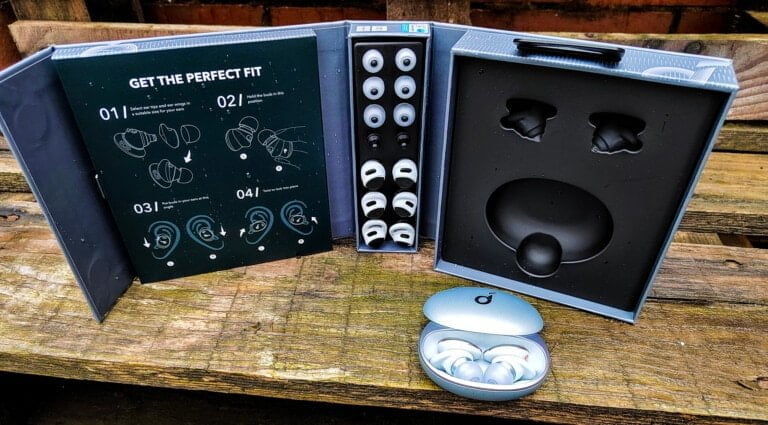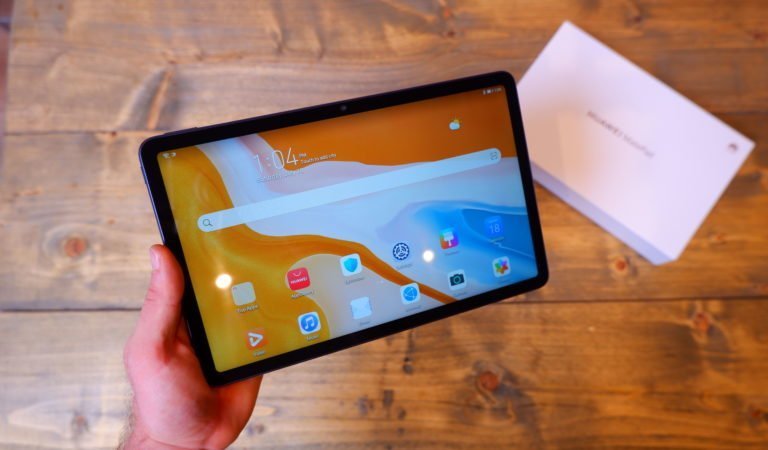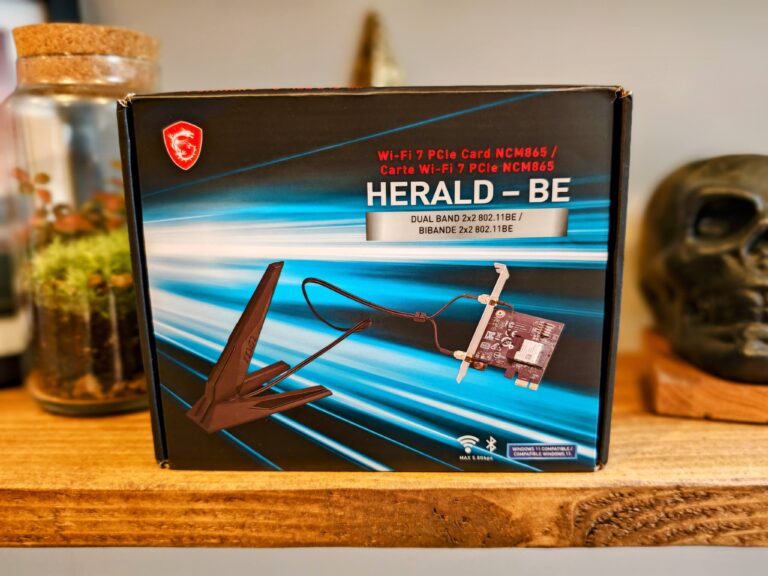Any links to online stores should be assumed to be affiliates. The company or PR agency provides all or most review samples. They have no control over my content, and I provide my honest opinion.
The Honor Magic V2 was launched in China in July 2023 and is now being launched globally.
I have been using the phone for the past few weeks, and it is an incredible piece of engineering. I have only reviewed the Samsung Galaxy Z Fold 5 so far, but it puts that to shame with the overall build quality and dimensions.
Honor Magic V2 vs OpenPlus Open vs Samsung Galaxy Z Fold5 vs Pixel Fold Specification
For the Western market, there are just four foldable options with a larger tablet-style design.
| Honor Magic V2s | OnePlus Open | Pixel Fold | Samsung Galaxy Z Fold5 | |
|---|---|---|---|---|
| External Display | 6.43 inches 1060 x 2376 pixels, 120Hz LTPO OLED, 1B colors, HDR10+, 2500 nits, 402 ppi, nanocrystal glass 2.0 | 6.31 inches, 1116 x 2484 pixels 120Hz LTPO3 Super Fluid OLED, 1B colors, Dolby Vision, 2800 nits (peak) | 7.6 inches 1840 x 2208 pixels 120Hz Foldable OLED, HDR10+, 1000 nits (HBM), 1450 nits (peak) | 6.2 inches 904 x 2316 pixels 120Hz Dynamic AMOLED 2X, 120Hz, Corning Gorilla Glass Victus 2 |
| Internal Display | 7.92 inches 2156 x 2344 pixels, 120Hz Foldable LTPO OLED, 1B colors, HDR10+, IMAX Enhanced, 1600 nits (peak) | 7.82 inches 2268 x 2440 pixels, 120Hz Foldable LTPO3 Flexi-fluid AMOLED, 1B colors, Dolby Vision, 2800 nits (peak) | 5.8 inches 1080 x 2092 pixels 1200 nits (HBM), 1550 nits (peak) | 7.6 inches 1812 x 2176 pixels, 120Hz Foldable Dynamic AMOLED 2X, 120Hz, HDR10+ |
| Opened Dimensions | 156.7 x 145.4 x 4.7 mm | 153.4 x 143.1 x 5.8 mm | 139.7 x 158.7 x 5.8 mm | 154.9 x 129.9 x 6.1 mm |
| Folded Dimensions | 56.7 x 74.1 x 9.9 mm or 10.1 mm | 153.4 x 73.3 x 11.7 mm | 139.7 x 79.5 x 12.1 mm | 154.9 x 67.1 x 13.4 mm |
| Chipset | Qualcomm SM8550-AC Snapdragon 8 Gen 2 (4 nm) | Qualcomm SM8550-AC Snapdragon 8 Gen 2 (4 nm) | Google Tensor G2 (5 nm) | Qualcomm SM8550-AC Snapdragon 8 Gen 2 (4 nm) |
| RAM | 16GB | 16GB | 12GB | 12GB |
| Storage | 256GB / 512GB | 512GB UFS 4.0 | 256GB / 512GB UFS 3.1 | 256GB / 512GB / 1TB UFS 4.0 |
| Rear Cameras | 50 MP, f/1.9, (wide), PDAF, 8×8 dToF Laser AF, OIS 20 MP, f/2.4, 62mm (telephoto), PDAF, 2.5x optical zoom, OIS 50 MP, f/2.0, 13mm (ultrawide), AF | 48 MP, f/1.7, 24mm (wide), 1/1.43″, 1.12µm, multi-directional PDAF, OIS 64 MP, f/2.6, 70mm (telephoto), 1/2.0″, 0.7µm, PDAF, OIS, 3x optical zoom 48 MP, f/2.2, 14mm, 114˚ (ultrawide), 1/2.0″, 0.8µm, PDAF | 48 MP, f/1.7, 25mm (wide), 1/2.0″, 0.8µm, Dual Pixel PDAF, Laser AF, OIS 10.8 MP, f/3.1, 112mm (telephoto), 1/3.1″, 1.22µm, Dual Pixel PDAF, OIS, 5x optical zoom 10.8 MP, f/2.2, 121˚, (ultrawide), 1/3″, 1.25µm | 50 MP, f/1.8, 23mm (wide), 1.0µm, Dual Pixel PDAF, OIS 10 MP, f/2.4, (telephoto), PDAF, OIS, 3x optical zoom 12 MP, f/2.2, 123˚, 12mm (ultrawide), 1.12µm |
| Selfie Camera | 16 MP, f/2.2, (wide) (Internal and Cover) | Internal: 20MP, f/2.2, 20mm (ultrawide), 1/4″, 0.7µm Cover: 32MP, f/2.4, 22mm (ultrawide), 1/3.14″, 0.7µm | 8 MP, f/2.0, 24mm (wide), 1/4″, 1.12µm Cover camera: 9.5 MP, f/2.2, 24mm (wide), 1.22µm, Dual Pixel PDAF | 4 MP, f/1.8, 26mm (wide), 2.0µm, under display Cover camera: 10 MP, f/2.2, 24mm (wide), 1/3″, 1.22µm |
| OS | Android 13, MagicOS 7.2 | Android 13, OxygenOS 13.2 | Android 13, upgradable to Android 14 | Android 13, upgradable to Android 14, One UI 6 |
| WiFi / Bluetooth | Wi-Fi 802.11 a/b/g/n/ac/6e/7 Dual Band 5.3, A2DP, LE, aptX HD | Wi-Fi 802.11 a/b/g/n/ac/6e/7, tri-band 5.3, A2DP, LE, aptX HD | Wi-Fi 802.11 a/b/g/n/ac/6e, tri-band Bluetooth 5.2, A2DP, LE, aptX HD | Wi-Fi 802.11 a/b/g/n/ac/6e, tri-band, Wi-Fi Direct 5.3, A2DP, LE, aptX HD |
| Audio | Stereo Speakers 24-bit/192kHz Hi-Res audio | Stereo Speakers with Dolby Atmos Enhanced | Stereo Speakers | Stereo Speakers 32-bit/384kHz audio |
| USB | USB Type-C 3.1, OTG, Display Port 1.2 | USB Type-C 3.1, OTG | USB Type-C 3.2, OTG | USB Type-C 3.2, OTG |
| Battery | 5000 mAh | 4805 mAh | 4821 mAh | 4400 mAh |
| Charging | 66W wired 5W reverse wired | 67W wired, PD, 1-100% in 42 min (advertised) Reverse wired | PD3.0 Wireless | 25W wired, 50% in 30 min (advertised) 15W wireless 4.5W reverse wireless |
| Durability | No IP rating | IPX4 splash resistant | IPX8 water resistant | IPX8 water resistant (up to 1.5m for 30 min) Armor aluminum frame with tougher drop and scratch resistance (advertised) |
Honor Magic V2 vs OpenPlus Open vs Samsung Galaxy Fold5 vs Pixel Fold Differences
Based on the specification and price alone, I think the Honor Magic V2 stands out as far superior to both the Samsung and Pixel options, but things are closely matched with the OnePlus Open.
Looking at the specs, my biggest concern for the Honor Magic V2 is the lack of an official IP rating. I haven’t broken a phone in years due to water ingress, but I’d prefer not to risk it with a phone that’s pushing towards £2k.
The selfie camera situation is interesting. The OnePlus Open has a super specification. But due to the dual display, you can easily use the main cameras for selfies, so I am not convinced you really need a good selfie camera. While many people criticise the quality of the under-display camera Samsung uses, I like this option; it is good enough for the occasional video call and doesn’t get in the way of the UI.
The main selling point for Honor is that they have managed to produce a foldable phone with almost the same dimensions as a slab phone while keeping the cover display roughly the same dimensions as a slab phone.
Design and Build Quality
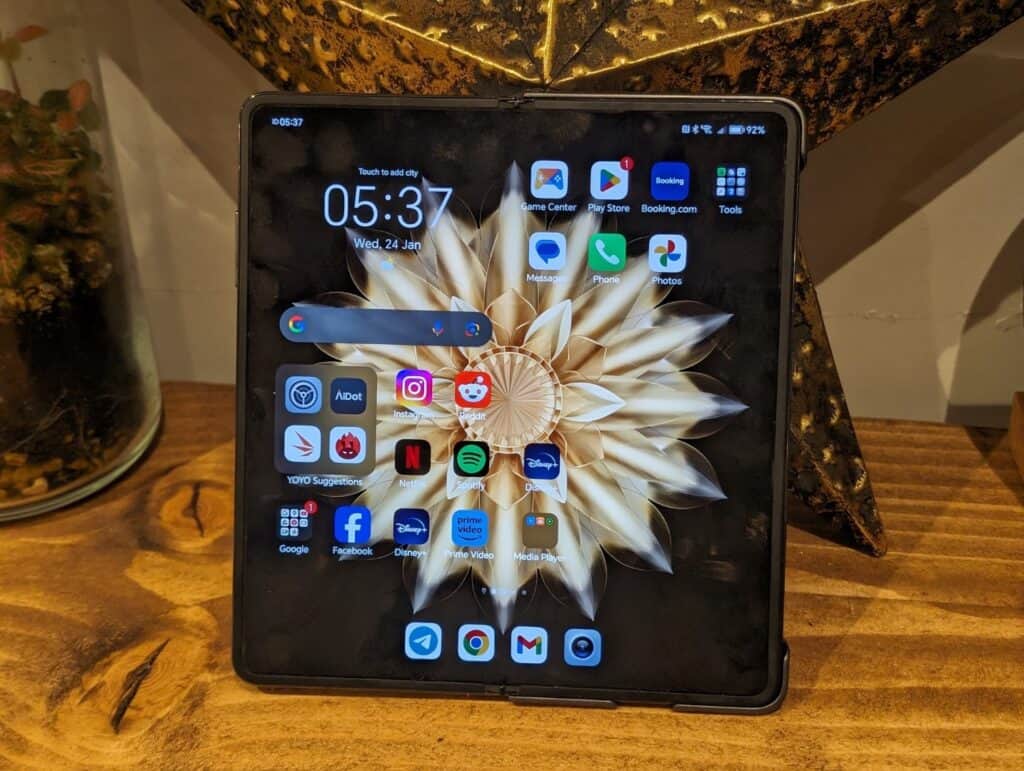
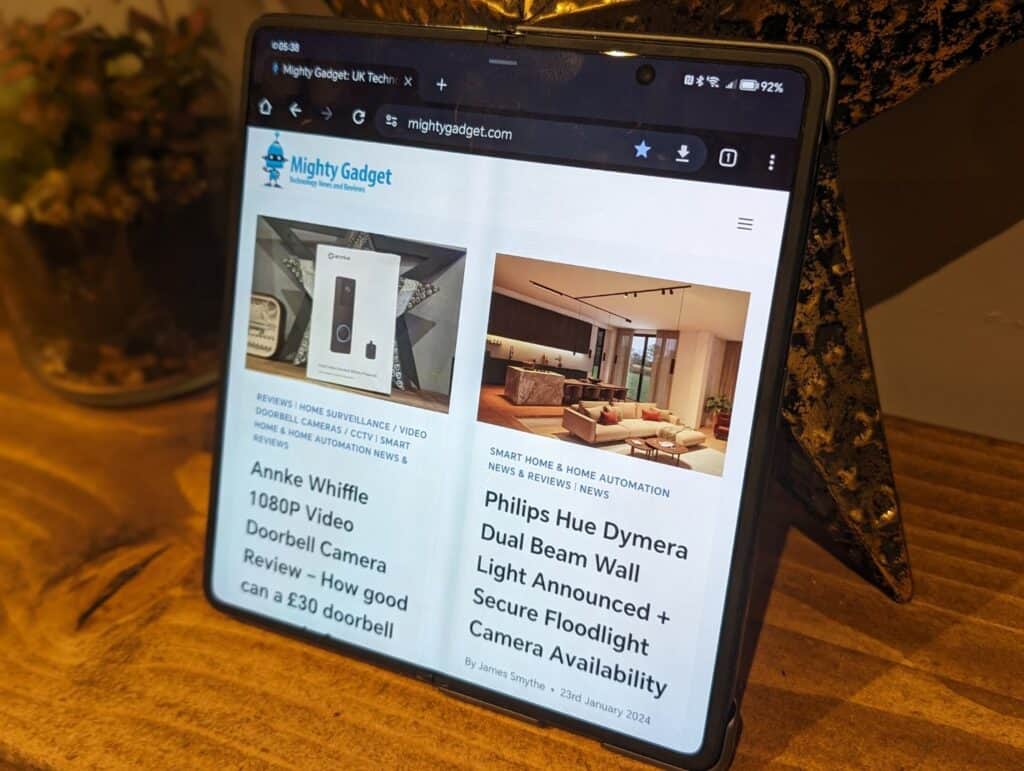
I can’t understate how impressive this phone’s overall design is. Phones have become such boring, generic glass slabs that it is nice to feel a bit excited about foldables, and in particular, this foldable.
The main thing that is impressive is that Honor has managed to cram flagship specs into a foldable phone while keeping the folded dimensions about the same as a normal slab phone.
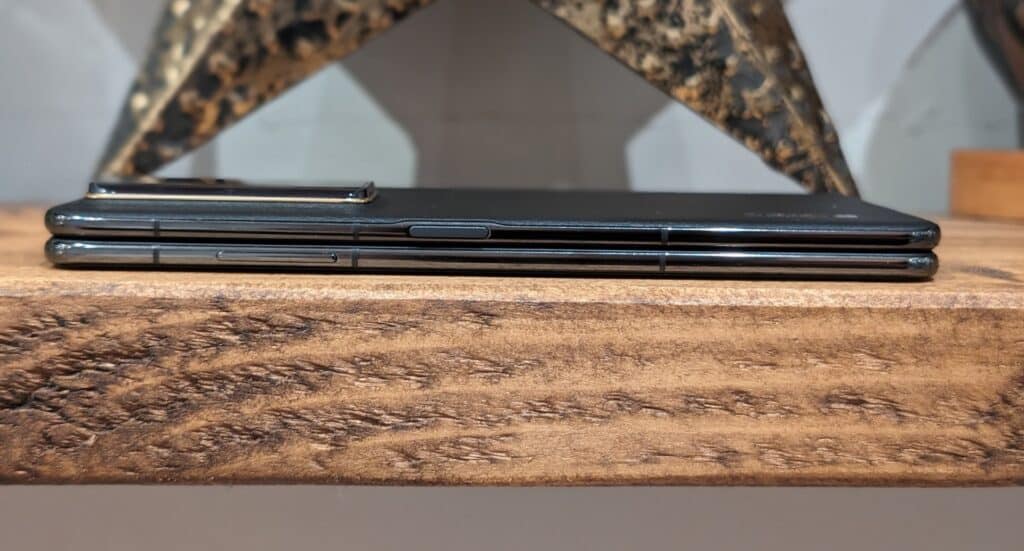
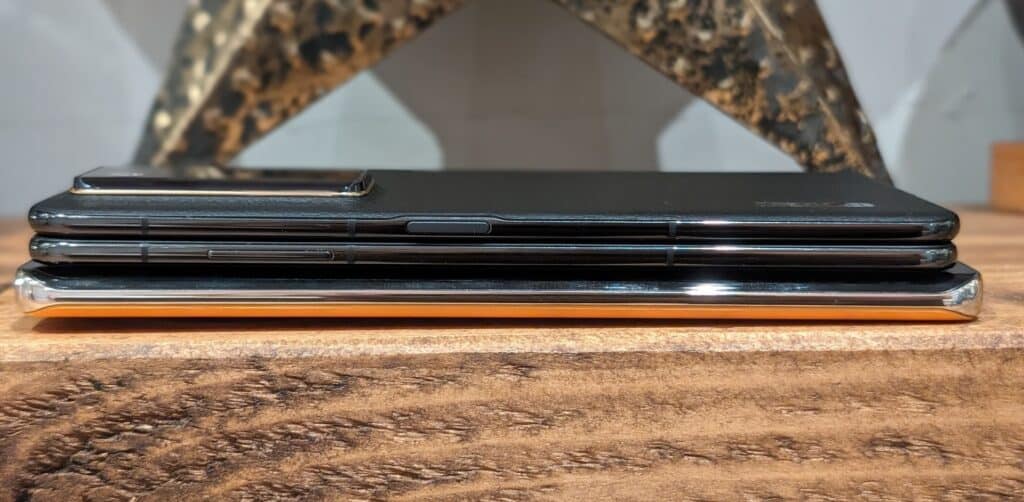
Looking at the specs of my Google Pixel 8 Pro and Honor Magic5 Pro, this is 10.1mm thick vs 8.8mm; that’s just 15% thicker while adding an internal display.
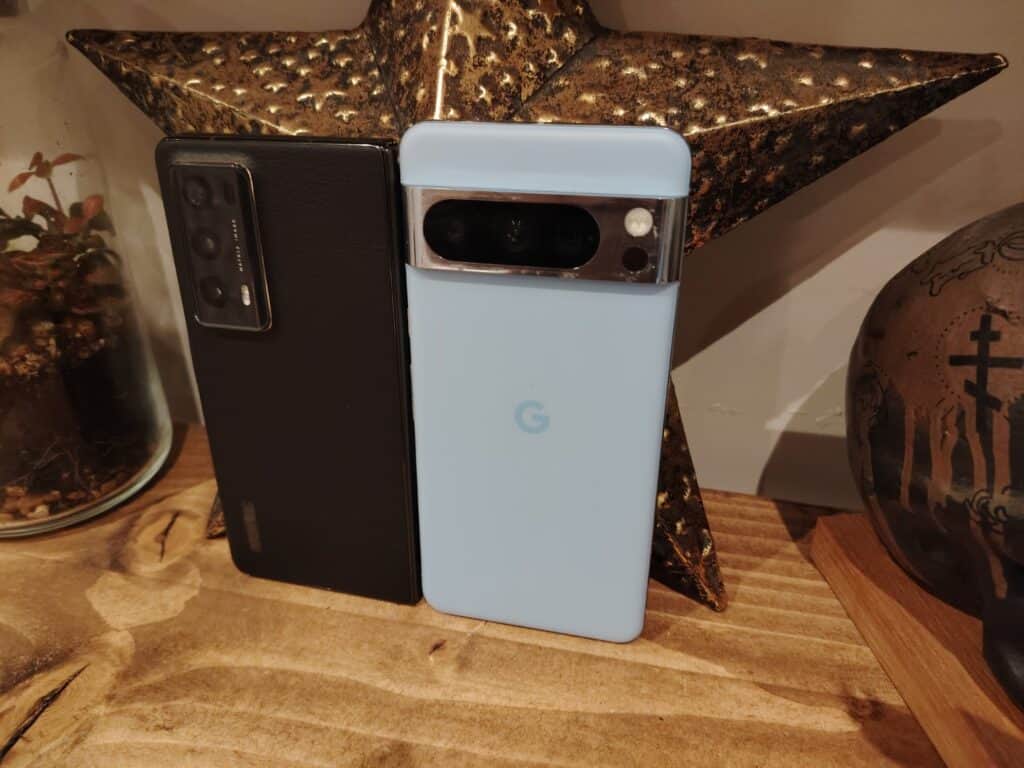
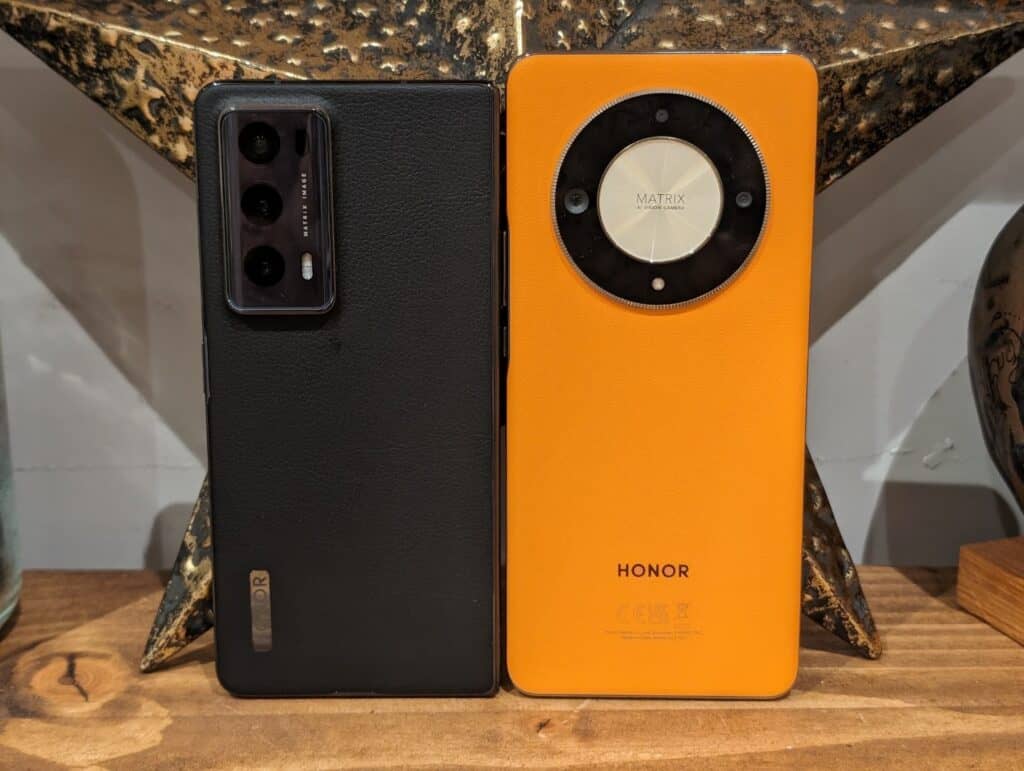
I have only used the Samsung Galaxy Z Fold5, so my opinion may be biased, but the Samsung Galaxy Z Fold5 just seems clunky compared to this, being 33% thicker when folded. The Samsung’s thin display does mean it is considerably narrower by around 7mm, but I don’t feel like this benefits the phone. It is a bit easier to use on one hand, but my Pixel 8 Pro is wider and taller, so I think most people are used to these dimensions.
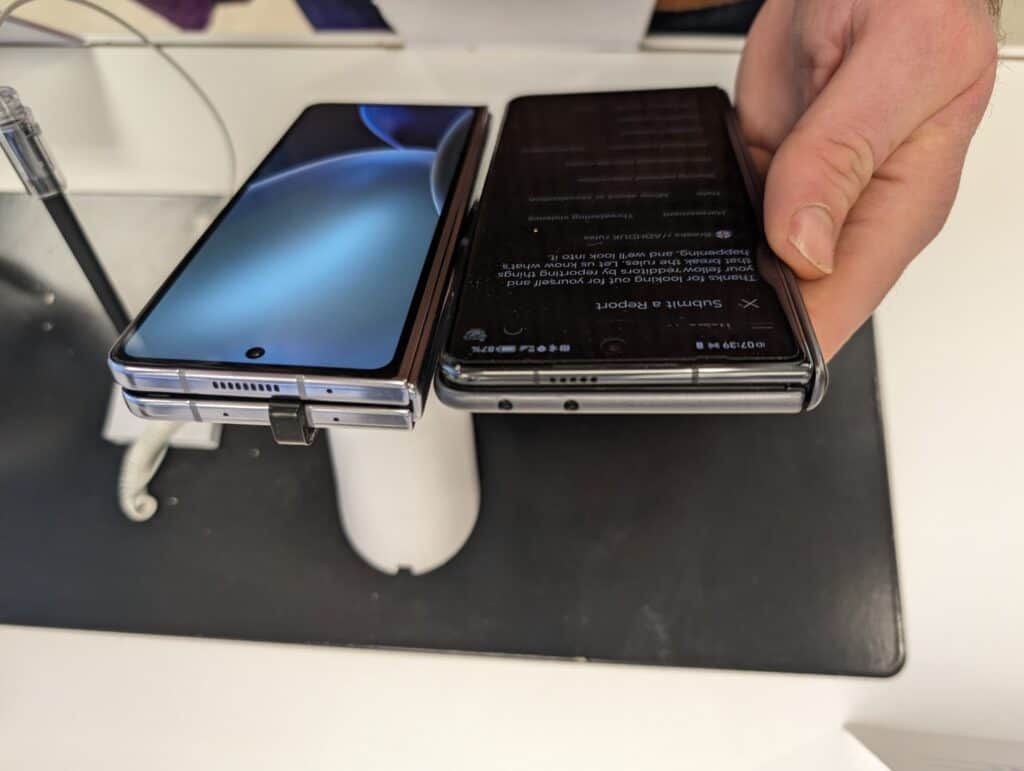
It isn’t a light phone at 231g, but that’s only 18g heavier than the Pixel 8 Pro, while being 22g heavier.
Sadly, there is no IP rating at all, whereas Samsung has been IP68 rated since the Samsung Galaxy Z Fold3, as is the Pixel Fold.
The hinge mechanism works perfectly, there is a good level of resistance, opening and closing the phone feels smooth and the phone closes fully without leaving any gaps.
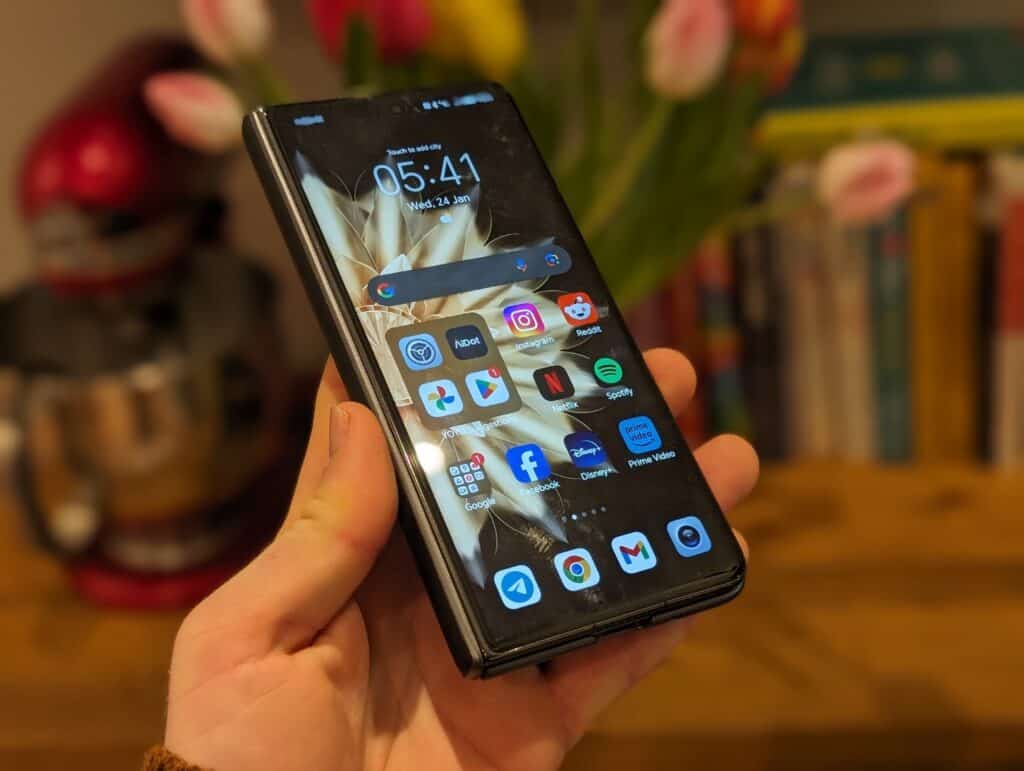

I obviously haven’t done any tests to see how durable the Honor Magic V2 is other than carrying it around in my pocket, but the thinner body and lightweight design do make it feel more fragile than the Samsung.
The Honor comes with an included case, which is an advantage over the Samsung, but the case is only attached to the rear of the phone with no proper display protection. While it is good that Honor includes a case, Samsung has the advantage of many excellent cases, including several good cases of their own and some excellent third-party cases from brands like Spigen, which have a high level of protection.
Displays: Cover and Internal Display and Display Crease
The cover display of the Honor is excellent. It has almost the same dimensions and a similar resolution as you’d get with most normal slab phones. The horizontal resolution is slightly lower than normal at 1060 pixels, so websites are a bit more cramped than standard.
The Samsung has a weird, narrow display with 904 pixels. It is usable, but it is only good for basic notifications and messaging. I have seen people post on Reddit passionately criticising people who dislike this narrow display. Their argument was that you are not supposed to use the cover display for anything other than basic functions. I’d strongly disagree with this opinion as I want a normal phone but the benefits of a larger display when I need it. I don’t want to be unfolding my phone any time I want to do something other than basic replies to messages. But everyone has their own preferences.
The OnePlus Open has the most usable cover display with 1116 x 2484 pixels, which should mean most websites and apps that optimised for 1080P display properly.
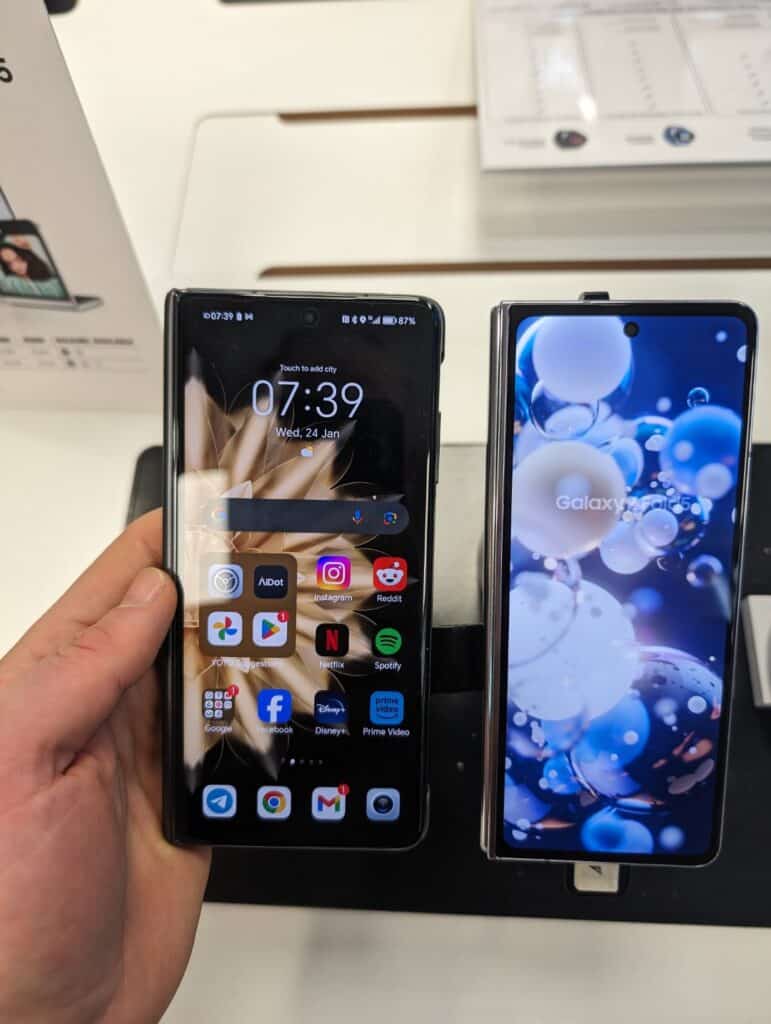
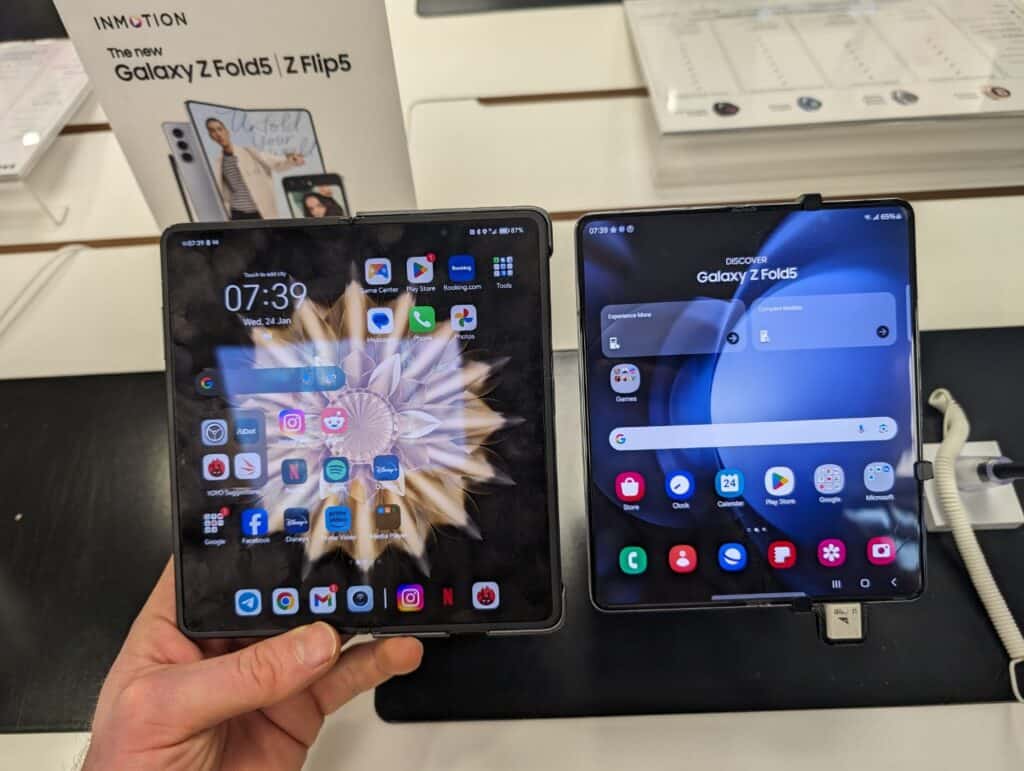
As for the internal display, you have a resolution with an aspect ratio that’s almost square (2156 x 2344 pixels gives a weird 539: 586 aspect ratio), which gives you a lot more screen real estate than the Samsung, which has an 1812 x 2176 pixels resolution.
For some apps, this is not always advantageous, if you watch Netflix on the unfolded display, you get roughly the same sized image, just bigger black bars on the top and bottom. But, if you half-close the phone, the Honor doesn’t have the same black bars on the left and right.
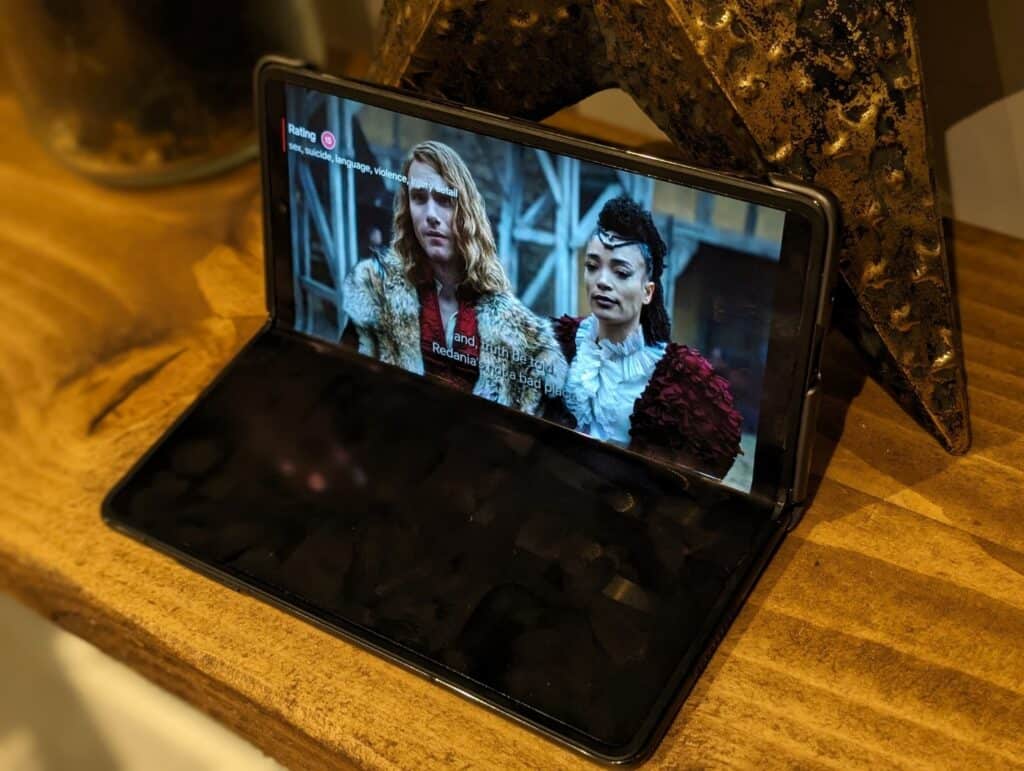
Of course, there is also the display crease. It will be interesting to see if manufacturers will ever be able to eliminate this issue; I suspect it will always be there to a certain degree.
I’d say the crease is fractionally better on the Honor than the Samsung, but with both phones, the crease is barely visible when looking at the display face-on. It is only when light catches it at an angle you can really see it. With both phones, you can feel the indent when you swipe over it, which is mildly annoying.
Camera
The Honor Magic V2 has an impressive camera specification for a foldable phone with a 50MP primary camera, 50PM ultrawide and a 20MP 2.5x zoom camera.
However, Honor appears to be very coy about the specific hardware. There is no mention of the sensor used or the sensor size.
The Honor has a better spec than the Samsung and is comparable to the OnePlus, but I haven’t tested the OnePlus.
The camera performance is better than the Samsung, but not as good as most flagship slab phones, including the Honor Magic 5 Pro. I use the camera a lot on phones, which is one of my main issues with foldables: they don’t have the internal space for big camera sensors. I also imagine it helps keep the costs from getting out of hand.
You, therefore, have to prioritise your needs. Do you want the productivity of a foldable or the battery and camera quality of a slab phone?
That said, the Magic V2’s cameras are good and should be more than adequate for most people. I was particularly impressed with the low-light performance, which is something Huawei revolutionised and Honor inherited.
The below two pictures are a comparison between the Pixel 8 Pro and Honor. I think the Honor did a much better job with the low light.


The following album is some sample photos from the Honor. I’d say the only thing I thought wasn’t amazing was the 10x zoom.


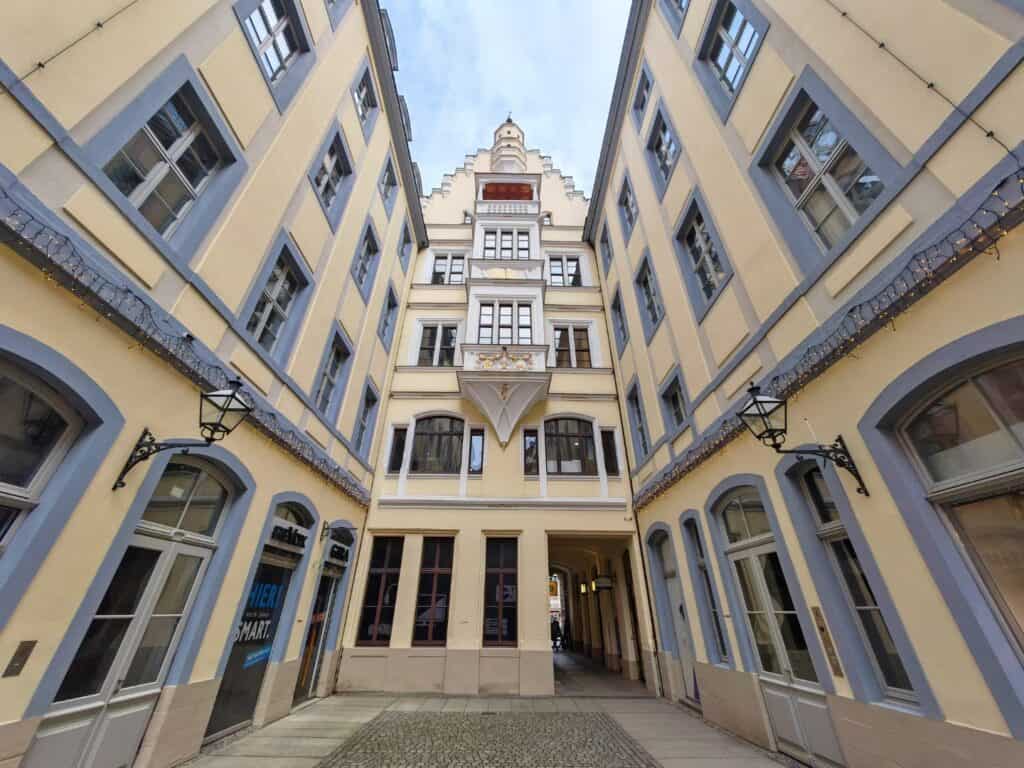
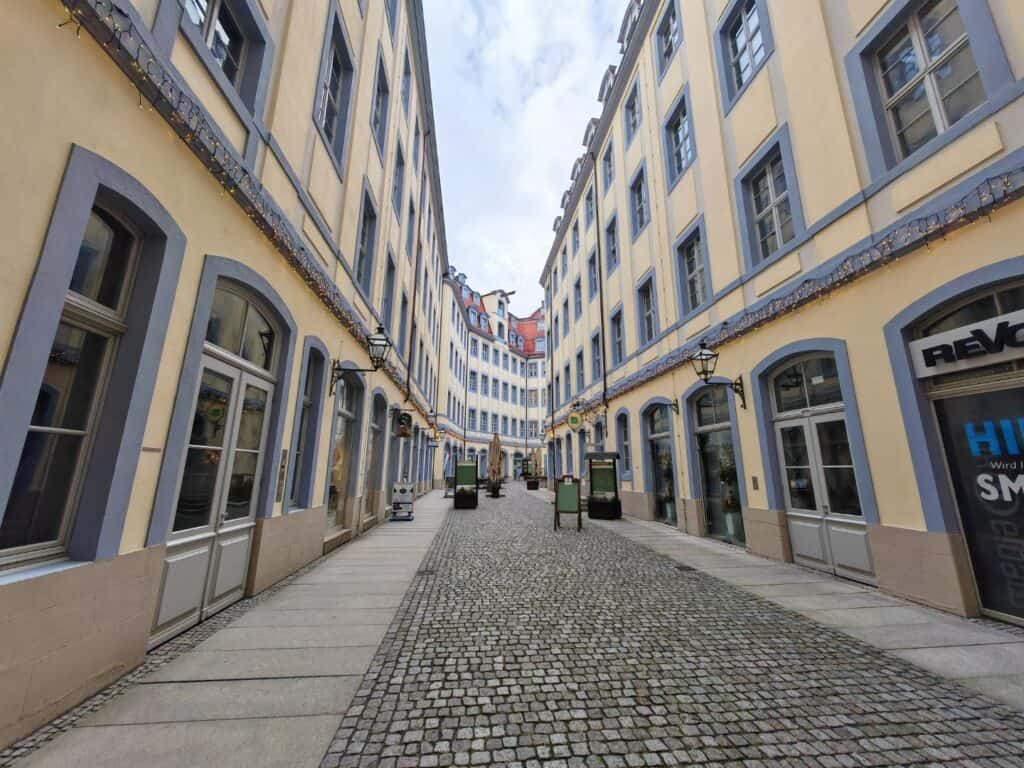
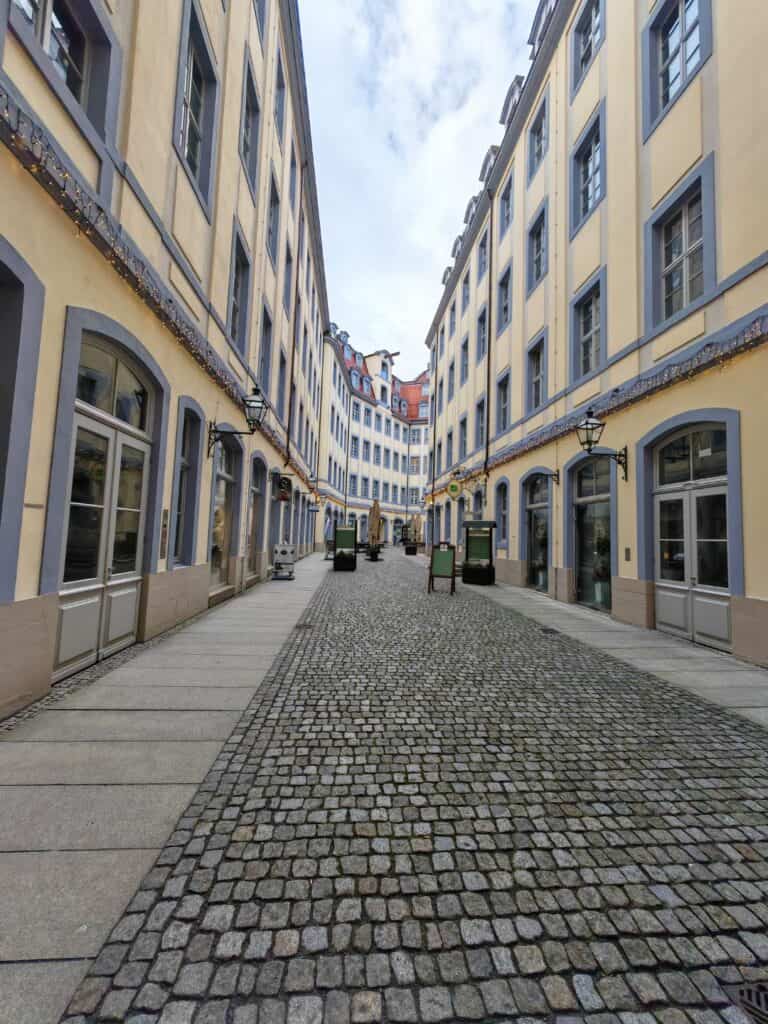







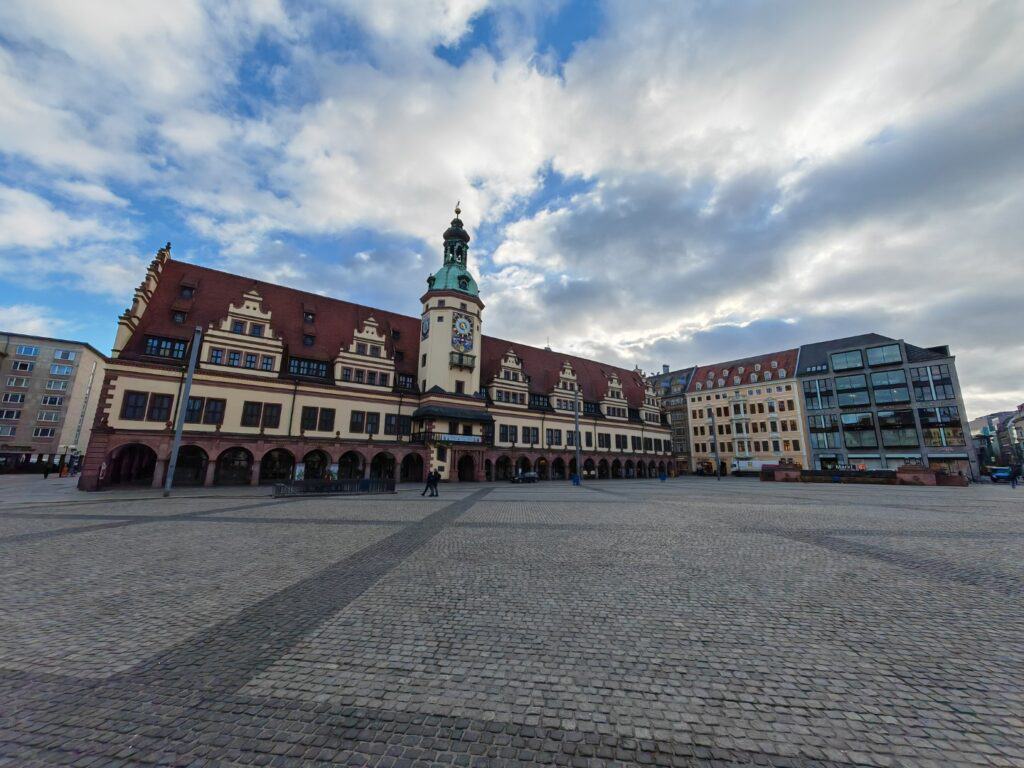















Performance and Benchmarks

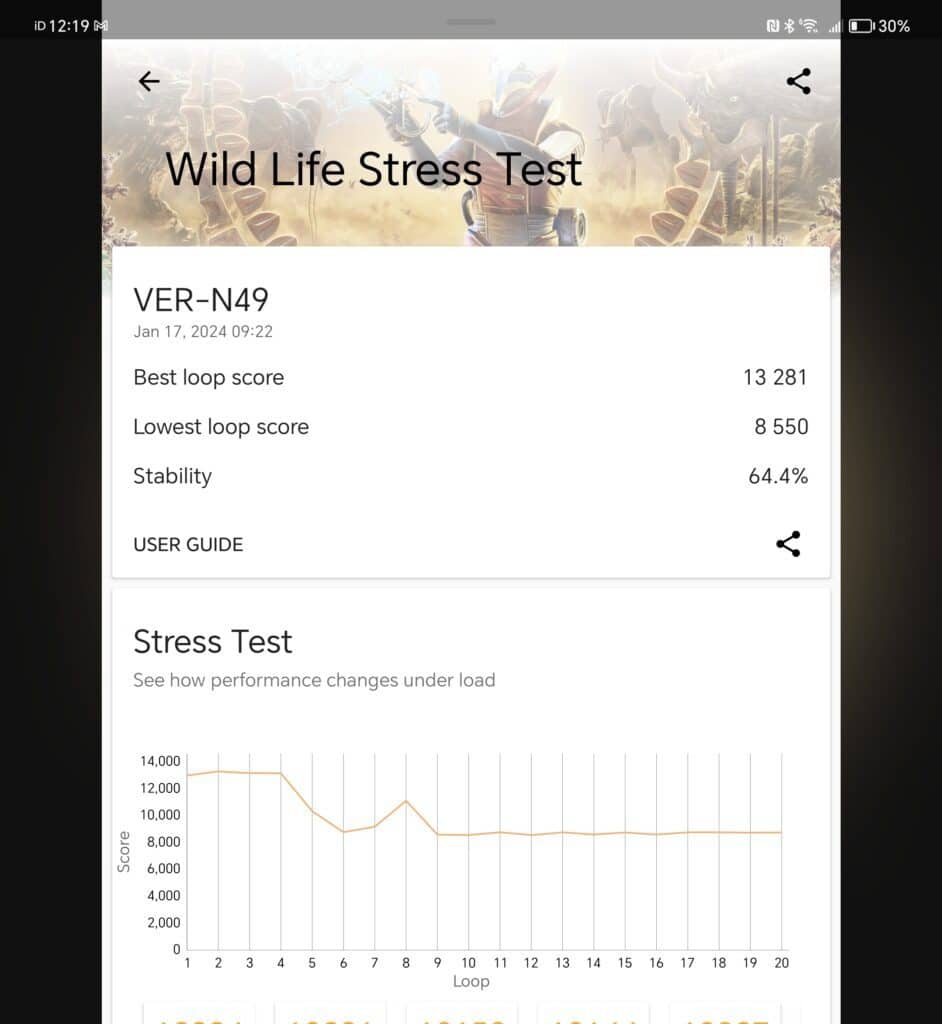
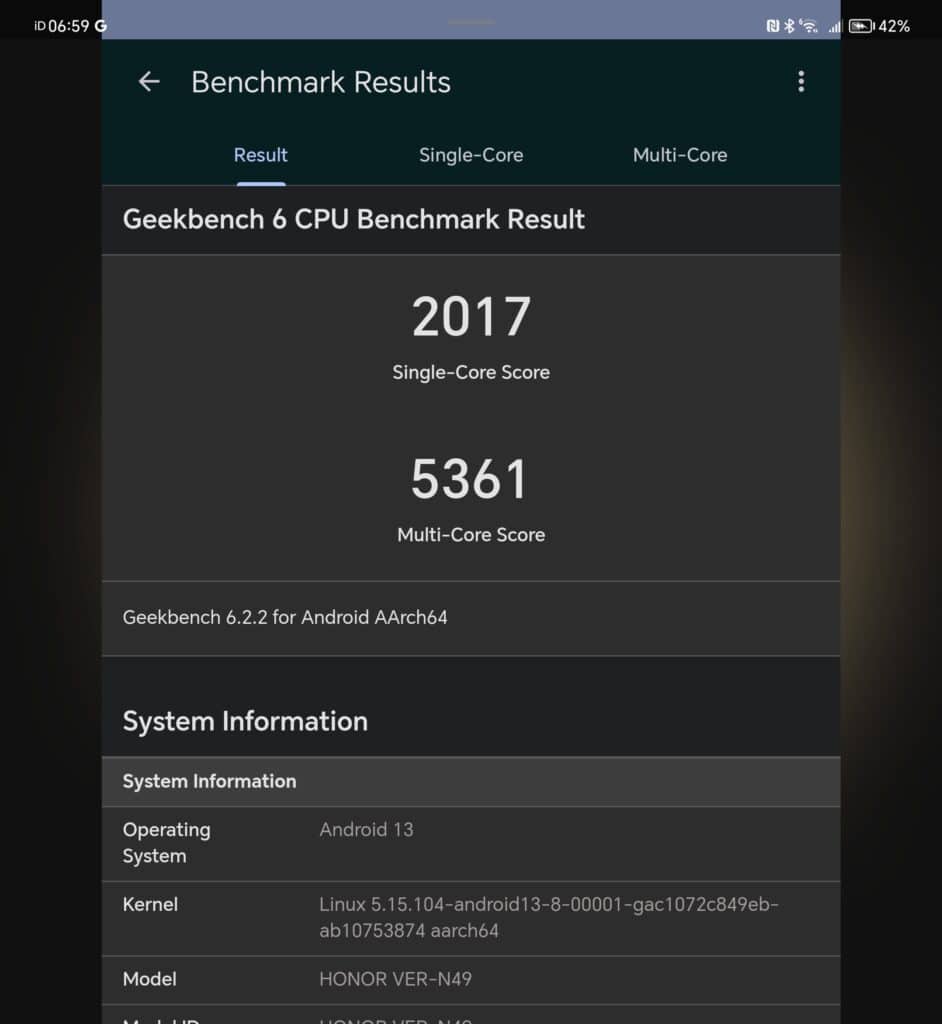
This uses the Qualcomm Snapdragon 8 Gen 2, which is the same as the OnePlus and Samsung foldables. The Pixel uses the Google Tensor G2; while it is a decent chipset, it is barely any different than the original Google Tensor on the Pixel 6 Pro and the new G3 fails to compete with the Snapdragon 8 Gen 2.
With this phone launching globally in January 2024, it is a bit disappointing that it is the Snapdragon 8 Gen 2 rather than the SD8 Gen 3, which is already on many phones. This is the unfortunate consequence of a delayed global launch. It may be equally matched with the competition, but if it had an SD8 Gen 3, it would have easily stood out from the crowd.
I have benchmarked the Snapdragon 8 Gen 2 several times now, it is a fantastic chipset.
The benchmarks indicate fractionally better results than the Honor Magic5 Pro, even though they have the same chipset and MagicOS.
For the 3DMark Wildlife Stress Test, the Magic V2 scored a slightly higher score of 13281 and an almost identical lowest score of 8550, giving it a slightly lower stability of 64.4%. What is interesting is that the battery only dropped from 100% down to 95%. The Magic5 Pro has a bigger batter and dropped from 100% to 92%.
The Magic V2 has what they call a “Ultra-thin Bionic Cooling System” which is supposed to increase the cooling area by 12.5% vs the previous generation. It also has a different battery technology, so these two differences may be why it performs better with benchmarks and battery drain.
Both the Magic V2 and Magic 5 Pro started at 19° and raised to 39°. So, the V2’s fractionally higher result could be attributed to superior cooling. Both phones dissipate heat better than other flagship phones I have used. The Pixel 8 Pro went up to 44° while using more battery and scoring less.
In Geekbench 6, the Magic V is a touch better than the Magic5 Pro with a score of 2017/5361 vs 1949/5235
For Antutu, the phone scored an impressive 1410658, which again beats the Magic 5 Pro, which achieved 1367374, giving a 3.2% difference.
Beyond synthetic benchmarks, the Magic V2, just like all other Snapdragon 8 Gen 2-equipped phones, runs everything with ease. No software lags, there is no shutter lag, the UI is ultra responsive thanks to the 120Hz display rate, and it runs games incredibly well while not getting too hot.
WiFi
I wouldn’t normally dedicate a section to WiFi, but the Honor Magic V2 has a bit of an odd specification. It is listed as having WiFi 7 support, but it is dual-band only.
I run WiFi 6E access points in my house, and the Honor Magic V2 can only connect to 5 GHz.
There are still some benefits to having WiFi 7. Even with 5GHz at 160Mhz bandwidth I was able to achieve a throughput of around 2000Mbps for LAN transfers with the Netgear Nighthawk RS700S, that’s around 33% faster than I was achieving with 160Mhz on WiFi 6/6E.
Battery and Charging
The Honor Magic V2 has the largest battery in comparison to the other options and has about the same speed of charging as the OnePlus. But it lacks the wireless charging that Samsung and Google have.
It is also worth noting that the Honor Magic V2 uses Silicon Carbon for its battery chemistry, this was first introduced on the Chinese variant of the Honor Magic 5 Pro and has a 12.8% higher energy density compared to regular lithium batteries. This is also likely what helps Honor make this phone so thin in comparison to the competitors.
I have only used the phone for a couple of weeks, but subjectively, I would say the battery life is considerably better than the Samsung. I probably get more battery life out of it than my Pixel 8 Pro, though I do regard the Pixel as having a poor battery.
Android 13 and MagicOS 7.2
The phone ships with MagicOS 7.2 based on Android 13, which claims to have had tweaks to improve the UI for this style of phone, including improved multitasking capabilities and split-screen technology.
MagicOS works well with the foldable design, I didn’t experience any significant issues with it working with the larger display.
One minor annoyance is that when you have an app open and go from the front display to the internal display, or vice versa, you will be warned to relaunch the app so it can load correctly for the new resolution. I no longer have the Samsung to compare against, and I can’t be sure if this had the same issue.
I do think the Samsung One UI was better optimised for a foldable display. They have more experience with them, so it makes sense. Little things like a split keyboard optimised can make a big difference with usability.
Price and Alternative Options
At the time of writing (23/01), I have not been informed of the official UK pricing.
The Honor website indicates the price will be either £1700, £1900 or £2000, and online leaks suggest it will be €1,999 MSRP in black and purple finishes with 16 GB of RAM and 512 GB of storage. That would work out at £1711, but I think it would be optimistic to hope the UK price would be £1700.
They have attractive early bird offers which includes a pair of Bang & Olufson headphones, 6 months screen protection and a 66W Honor SuperCharge power adaptor.
The biggest threat to the Honor V2 is the OnePlus Open. Its RRP is £1600 but is consistently discounted to £1400, and it comes with 16GB/512GB storage. It may not have the same impressive dimensions and build quality, and it has a smaller battery. But it generally has a better spec overall.
The Pixel Fold is less attractive, being priced at £1749 with 256GB of storage with inferior specs.
Similarly, the Samsung Galaxy Fold5 is £1749 with 256GB of storage. This has inferior specs and I really don’t like the slim front display in comparison to the Honor Magic V2. However, Samsung has much more experience with foldables and I feel that they have optimised their One UI 6 better for foldables than MagicOS 7.2.
Overall
The Honor Magic V2 is an incredible piece of engineering. Its physical design makes it the perfect phone for a foldable like this.
The cover display gives you the same dimensions and resolution as a normal phone. The massive 7.92-inch unfolded display has a resolution of 2156 x 2344 pixels. And it manages to achieve this with folded dimensions that are almost the same as a regular slab phone. It is like using something from the future.
It is not perfect, though. With a 6-month delay between the launch in China and the global launch, the wow factor is somewhat diminished by the OnePlus Open. That doesn’t have the same impressive dimensions, but it is close. It has a better spec minus the battery capacity, and it is available at a lower price point.
The lack of an IP rating bothers me. It probably won’t matter that much, but with these devices costing so much, I’d be constantly paranoid of anything that can potentially damage them.
The UI doesn’t seem quite as well optimised as the Samsung Galaxy Z Fold 5, and I would expect the same to be true when comparing it to the Pixel Fold.
Overall, I love the Honor Magic V2 and think it is a phenomenal piece of hardware. Whether it is the best foldable on the market right now is hard to say, but it is easily a contender. If I were parting with my own money, I’d definitely buy this over the Samsung and Pixel Fold.
Honor Magic V2 Review
Summary
The Honor Magic V2 is a superb foldable phone. Its incredible engineering and physical design make it a perfectly designed foldable. I prefer it to the Samsung Galaxy Z Fold 5, but it faces stiff competition against the OnePlus Open.
Overall
90%-
Overall - 90%90%
Pros
- Incredible design that’s almost the same dimensions as a normal phone
- Good display dimensions and resolution for both cover and internal display
Cons
- No IP rating
- 6Ghz band missing for WiFi 6E/7
I am James, a UK-based tech enthusiast and the Editor and Owner of Mighty Gadget, which I’ve proudly run since 2007. Passionate about all things technology, my expertise spans from computers and networking to mobile, wearables, and smart home devices.
As a fitness fanatic who loves running and cycling, I also have a keen interest in fitness-related technology, and I take every opportunity to cover this niche on my blog. My diverse interests allow me to bring a unique perspective to tech blogging, merging lifestyle, fitness, and the latest tech trends.
In my academic pursuits, I earned a BSc in Information Systems Design from UCLAN, before advancing my learning with a Master’s Degree in Computing. This advanced study also included Cisco CCNA accreditation, further demonstrating my commitment to understanding and staying ahead of the technology curve.
I’m proud to share that Vuelio has consistently ranked Mighty Gadget as one of the top technology blogs in the UK. With my dedication to technology and drive to share my insights, I aim to continue providing my readers with engaging and informative content.

